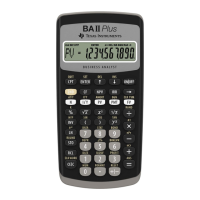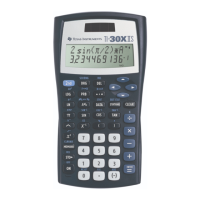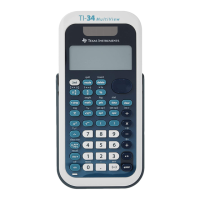Symbolic Manipulation 234
Determining If a Variable Is Exists
Determining If a Variable Is ExistsDetermining If a Variable Is Exists
Determining If a Variable Is Exists
• If x is defined, the result may be in a form
you did not expect.
Note: When defining a variable, it’s a good
practice to use more than one character
in the name. Leave one-character names
undefined for symbolic calculations.
Method: Example:
Enter the variable name.
Use the
isVar() function.
Unless you knew that
5 had been stored to
x previously, the
answer 75 could be
misleading.
If defined, the variable’s
value is displayed.
If undefined, the variable
name is displayed.
If defined, “true” is
displayed.
If undefined, “false” is
displayed.
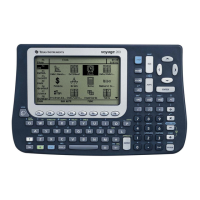
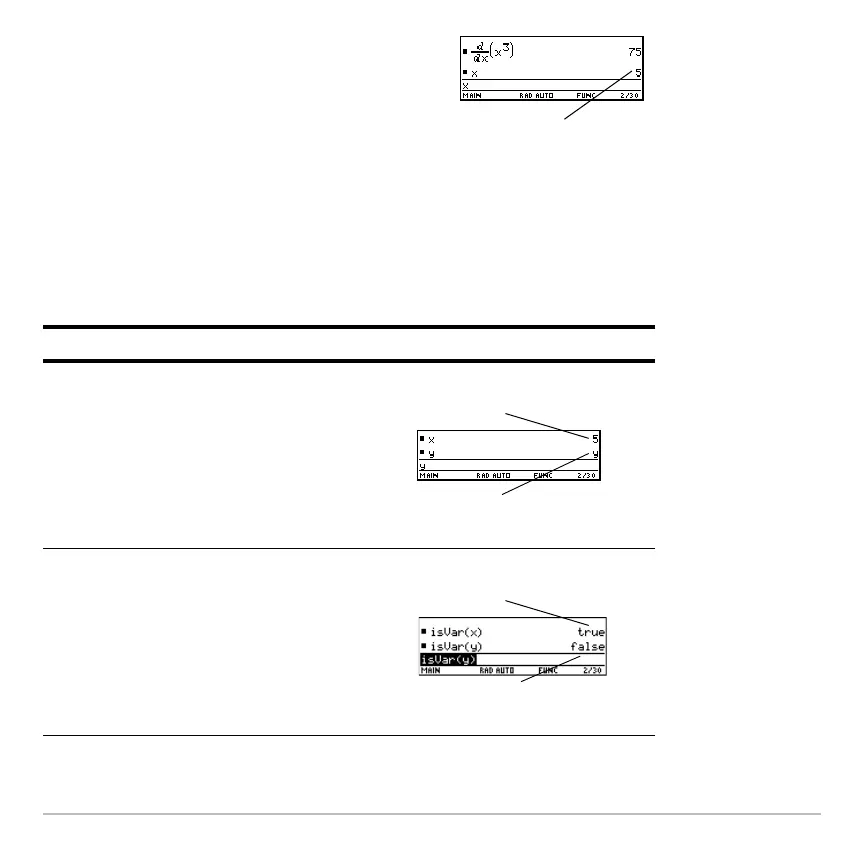